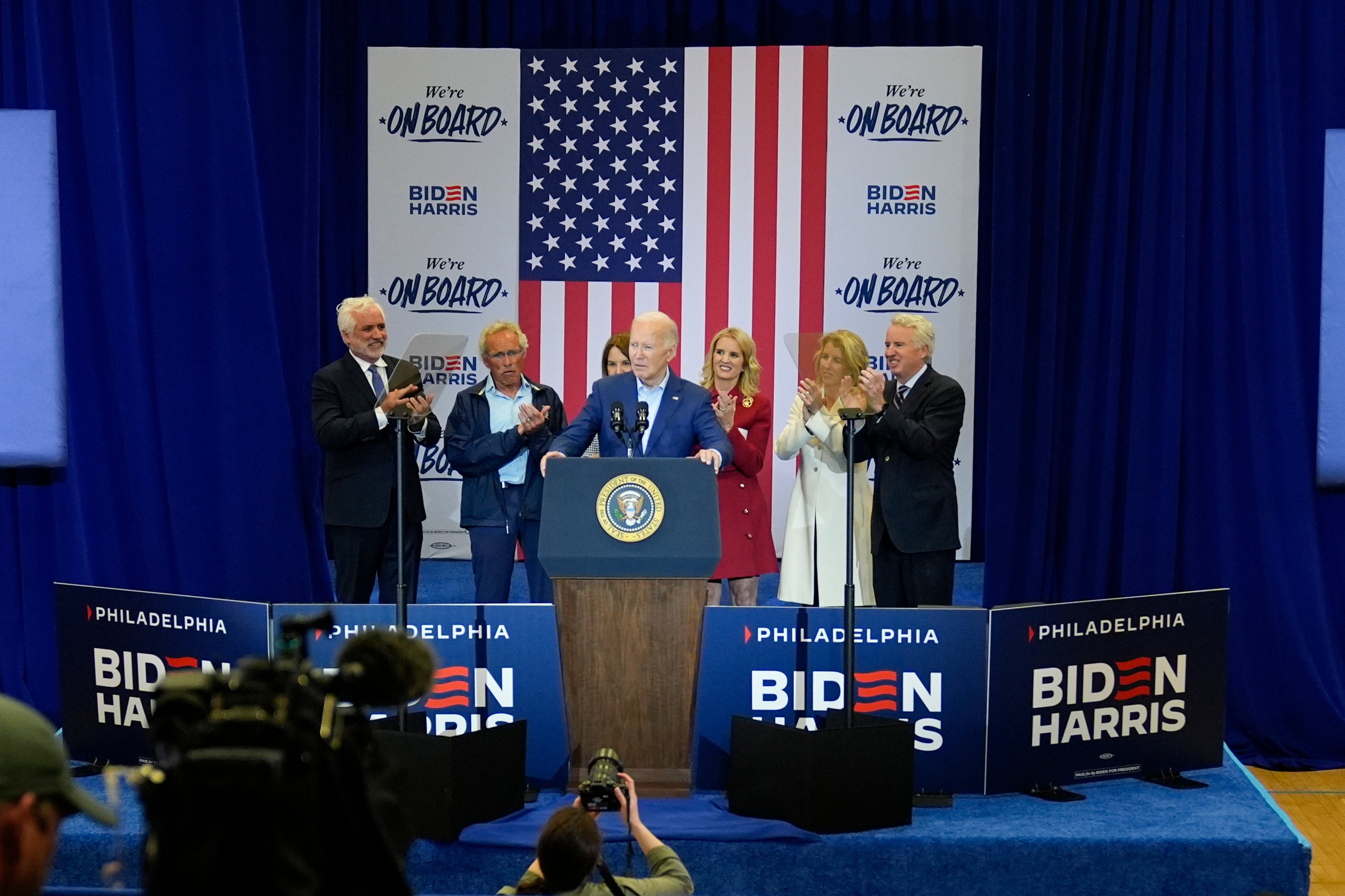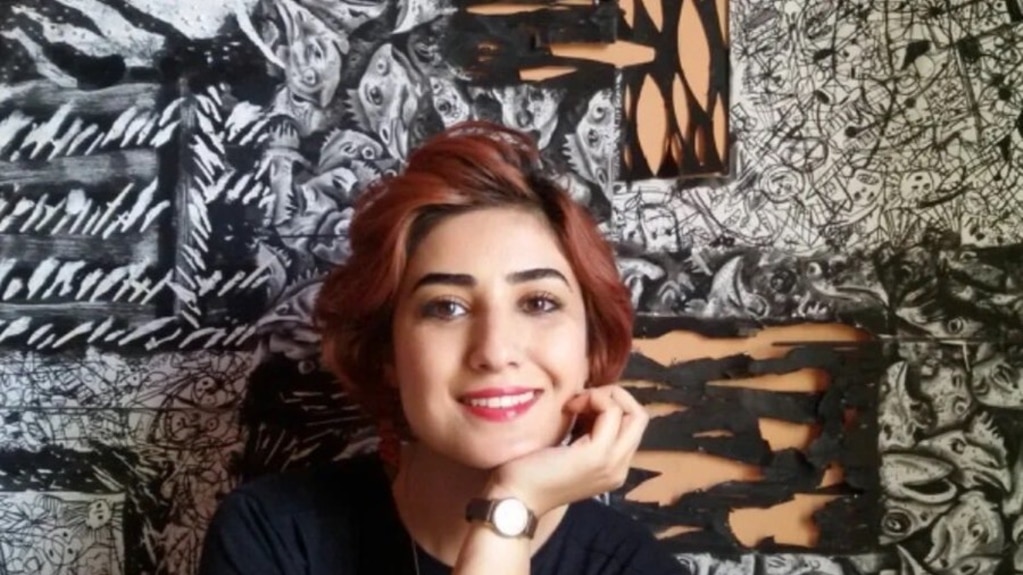Warring Against Encryption: Australia is Coming for Your Communications
by Binoy Kampmark / April 23rd, 2024
On April 16, Australia’s eSafety commissioner, Julie Inman Grant, issued with authoritarian glee legal notices to X Corp and Meta, which owns Facebook and Instagram, to remove material within 24 hours depicting what her office declared to be “gratuitous or offensive violence with a high degree of impact and detail”. The relevant material featured a livestreamed video of a stabbing attack by a 16-year-old youth at Sydney’s Assyrian Orthodox Christ the Good Shepherd Church the previous day. Two churchmen, Bishop Mar Mari Emmanuel and Rev. Isaac Royel, were injured.
Those at X, and its executive, Elon Musk, begged to differ, choosing to restrict general access to the graphic details of the video in Australia alone. Those outside Australia, and those with a virtual private network (VPN), would be able to access the video unimpeded. Ruffled and irritated by this, Grant rushed to the Australian Federal Court to secure an interim injunction requiring X to hide the posts from global users with a hygiene notice of warning pending final determination of the issue. While his feet and mind are rarely grounded, Musk was far from insensible in calling Grant a “censorship commissar” in “demanding *global* content bans”. In court, the company will argue that Grant’s office has no authority to dictate what the online platform posts for global users.
This war of grinding, nannying censorship – which is what it is – was the prelude for other agents of information control and paranoia to join the fray. The Labour Albanese government, for instance, with support from the conservative opposition, have rounded on Musk, blurring issues of expression with matters of personality. “This is an egotist,” fumed Prime Minister Anthony Albanese, “someone who’s totally out of touch with the values that Australian families have, and this is causing great distress.”
The values game, always suspicious and meretricious, is also being played by law enforcement authorities. It is precisely their newfound presence in this debate that should get members of the general public worried. You are to be lectured to, deemed immature and incapable of exercising your rights or abide by your obligations as citizens of Australian society.
We have the spluttering worries of Australian Police Commissioner Reece Kershaw in claiming that children (always handy to throw them in) and vulnerable groups (again, a convenient reference) are “being bewitched online by a cauldron of extremist poison on the open and dark web”. These muddled words in his address to the National Press Club in Canberra are shots across the bow. “The very nature of social media allows that extremist poison to spray across the globe almost instantaneously.”
Importantly, Kershaw’s April 24 address has all the worrying signs of a heavy assault, not just on the content to be consumed on the internet, but on the way communications are shared. And what better way to do so by using children as a policy crutch? “We used to warn our children about stranger danger, but now we need to teach our kids about the digital-world deceivers.” A matronly, slightly unhinged tone is unmistakable. “We need to constantly reinforce that people are not always who they claim to be online; and that also applies to images and information.” True, but the same goes for government officials and front-line politicians who make mendacity their stock and trade.
Another sign of gathering storm clouds against the free sharing of information on technology platforms is the appearance of Australia’s domestic espionage agency, ASIO. Alongside Kershaw at the National Press Club, the agency’s chief, Mike Burgess, is also full of grave words about the dangerous imperium of encrypted chatter. There are a number of Australians, warns Burgess, who are using chat platforms “to communicate with offshore extremists, sharing vile propaganda, posting tips about homemade weapons and discussing how to provoke a race war”.
The inevitable lament about obstacles and restrictions – the sorts of things to guard the general citizenry against encroachments of the police state – follows. “ASIO’s ability to investigate is seriously compromised. Obviously, we and our partners will do everything we can to prevent terrorism and sabotage, so we are expending significant resources to monitor the Australians involved.” You may count yourselves amongst them, dear reader.
Kershaw is likewise not a fan of the encrypted platform. In the timeless language of paternal policing, anything that enables messages to be communicated in a public sense must first receive the state’s approval. “We recognise the role that technologies like end-to-end encryption play in protecting personal data, privacy and cyber-security, but there is no absolute right to privacy.”
To make that very point, Burgess declares that “having lawful and targeted access to extremist communications” would make matters so much easier for the intelligence and security community. Naturally, it will be up to the government to designate what it deems to be extremist and appropriate, a task it is often ill-suited for. Once the encryption key is broken, all communications will be fair game.
When it comes to governments, authoritarian regimes do not have a monopoly on suspicion and the fixation on keeping populations in check. In an idyll of ignorance, peace can reign among the docile, the unquestioning, the cerebrally inactive. The Australian approach to censorship and control, stemming from its origins as a tortured penal outpost of the British Empire, is drearily lengthy. Its attitude to the Internet has been one of suspicion, concern, and complexes.
Government ministers in the antipodes see a world, not of mature participants searching for information, but inspired terrorists, active paedophiles and noisy extremists carousing in shadows and catching the unsuspecting. Such officialdom is represented by such figures as former Labor Communications Minister Stephen Conroy, who thankfully failed to introduce a mandatory internet filter when in office, or such nasty products of regulatory intrusion as the Commonwealth Online Safety Act of 2021, zealously overseen by Commissar Grant and the subject of Musk’s ire.
The age of the internet and the world wide web is something to admire and loathe. Surveillance capitalism is very much of the loathsome, sinister variety. But ASIO, the Australian Federal Police, and the Australian government and other agencies do not give a fig about that. The tech giants have actually corroded privacy in commodifying data but many still retain stubborn residual reminders of liberty in the form of encrypted communications and platforms for discussion. To have access to these means of public endeavour remains the holy grail of law enforcement officers, government bureaucrats and fearful politicians the world over.
Censorship Wars: Elon Musk, Safety Commissioners and Violent Content
by Binoy Kampmark / April 22nd, 2024
The attitudes down under towards social media have turned barmy. While there is much to take Elon Musk to task for his wrecking ball antics at the platform formerly known as Twitter, not to mention his highly developed sense of sociopathy, the hysteria regarding the refusal to remove images of a man in holy orders being attacked by his assailant in Sydney suggests a lengthy couch session is in order. But more than that, it suggests that the censoring types are trying, more than ever, to tell users what to see and under what conditions for fear that we will all reach for a weapon and go on the rampage.
It all stems from the April 15 incident that took place at an Assyrian Orthodox service conducted by Bishop Mar Mari Emmanuel and the Rev. Isaac Royel at Christ the Good Shepherd Church in Wakeley, Sydney. A 16-year-old youth, captured on the livestream of the surface, is shown heading to the bishop before feverishly stabbing him, speaking Arabic about insults to the Prophet Muhammed as he does so. Rev. Royel also received injuries.
Up to 600 people subsequently gathered around the church. A number demanded that police surrender the boy. In the hours of rioting that followed, 51 police officers were injured. Various Sydney mosques received death threats.
The matter – dramatic, violent, raging – rattled the authorities. For the sake of appearance, the heavies, including counter-terrorism personnel, New South Wales police and members of the Australian domestic spy agency, ASIO, were brought in. The pudding was ready for a severe overegging. On April 16, the NSW Police Commissioner Karen Webb deemed the stabbing a “terrorist incident”. NSW Premier Chris Minns stated that the incident was being investigated as a “terrorist incident” given the “religiously motivated” language used during the alleged attack.
After conducting interviews with the boy while still in his hospital bed on April 18, the decision was made to charge him with the commission of an alleged act of terrorism. This, despite a behavioural history consistent with, as The Guardian reports, “mental illness or intellectual disability.” For their part, the boy’s family noted “anger management and behavioural issues” along with his “short fuse”, none of which lent themselves to a conclusion that he had been radicalised. He did, however, have a past with knife crime.
Assuming the general public to be a hive of incipient terrorism easily stimulated by images of violence, networks and media outlets across the country chose to crop the video stream. The youth is merely shown approaching the bishop, at which point he raises his hand and is editorially frozen in suspended time.
Taking this approach implied a certain mystification that arises from tampering and redacting material in the name of decency and inoffensiveness; to refuse to reveal such details and edit others, the authorities and information guardians were making their moralistic mark. They were also, ironically enough, lending themselves to accusations of the very problems they seek to combat: misinformation and its more sinister sibling, disinformation.
Another telling point was the broader omission in most press reporting to detail the general background of the bishop in question. Emmanuel is an almost comically conservative churchman, a figure excommunicated for his theological differences with orthodoxy. He has also adopted fire and brimstone views against homosexuality, seeing it as a “crime in the eyes of God”, attacked other religions of the book, including Judaism and Islam, and sees global conspiracies behind the transmission of COVID-19. Hardly, it would seem, the paragon of mild tolerance and calm acceptance in a cosmopolitan society.
On April 16, Australia’s eSafety commissioner, Julie Inman Grant, got busy, announcing that X Corp and Meta, which owns Facebook and Instagram, had been issued with legal notices to remove material within 24 hours depicting “gratuitous or offensive violence with a high degree of impact and detail”. The material in question featured the attack at the Good Shepherd Church.
Under the Online Safety Act 2021 (Cth), the commissioner is granted various powers to make sure the sheep do not stray. Internet service providers can be requested or required to block access to material that promotes abhorrent violent conduct, incites such conduct, instructs in abhorrent violent conduct or depicts abhorrent violent conduct. Removal of material promoting, instructing, or depicting such “abhorrent violent conduct”, including “terrorist acts” can be ordered for removal if it risks going “viral” and causing “significant harm to the Australian community”.
X took a different route, preferring to “geoblock” the content. Those in Australia, in other words, would not be able to access the content except via such alternative means as a virtual private network (VPN). The measure was regarded as insufficient by the commissioner. In response, a shirty Musk dubbed Grant Australia’s “censorship commissar” who was “demanding *global* content bans”. On April 21, a spokesperson for X stated that the commissioner lacked “the authority to dictate what content X’s users can see globally. We will robustly challenge this unlawful and dangerous approach in court.”
In court, the commissioner argued that X’s interim measure not to delete the material but “geoblock” it failed to comply with the Online Safety Act. Siding with her at first instance, the court’s interim injunction requires X to hide the posts in question from all users globally. A warning notice is to cover them. The two-day injunction gives X the opportunity to respond.
There is something risible in all of this. From the side of the authorities, Grant berates and intrudes, treating the common citizenry as malleable, immature and easily led. Spare them the graphic images – she and members of her office decide what is “abhorrent” and “offensive” to general sensibilities.
Platforms such as Meta and X engage in their own forms of censorship and information curation, their agenda algorithmically driven towards noise, shock and indignation. All the time, they continue to indulge in surveillance capitalism, a corporate phenomenon the Australian government shows little interest in battling. On both sides of this coin, from the bratty, petulant Musk, to the teacherly manners of the eSafety Commissioner, the great public is being mocked and infantilised.
Binoy Kampmark was a Commonwealth Scholar at Selwyn College, Cambridge. He lectures at RMIT University, Melbourne. Email: bkampmark@gmail.com. Read other articles by Binoy.





